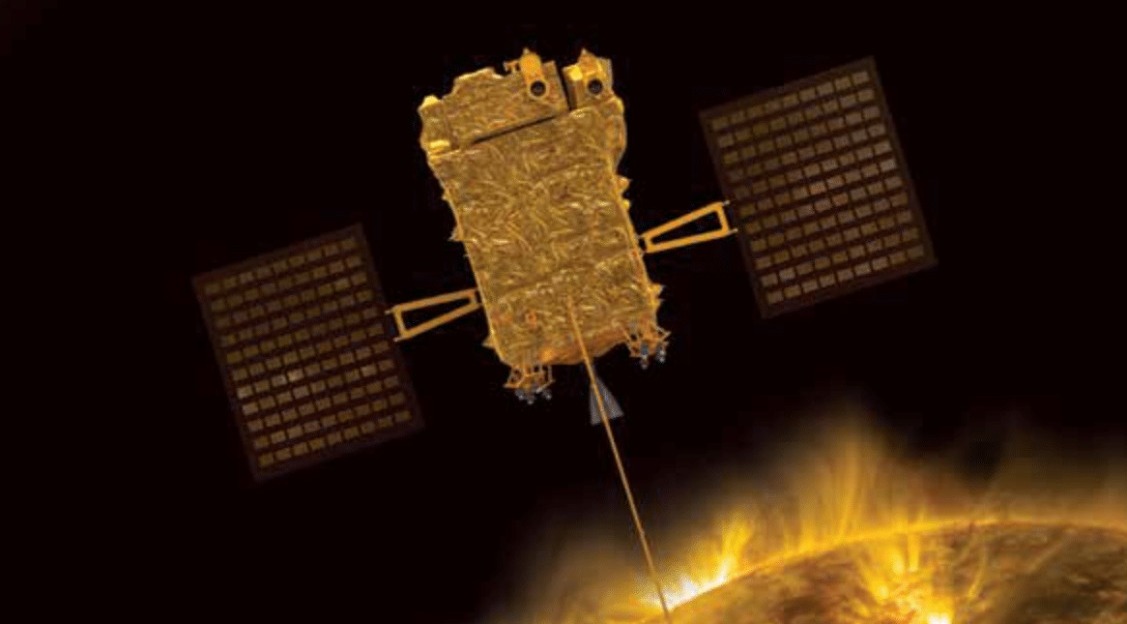The Indian Space Research Organisation (ISRO) is all pumped up to launch India’s first space-based solar observatory Aditya L-1 on Saturday, September 2. The spacecraft will lift off at at 11.50 am from the Satish Dhawan Space Centre in Sriharikota, Andhra Pradesh. The mission aims to explore various number of natural phenomenon and unlock the mysteries of the Sun.
The Aditya-L1 mission is scheduled to be launched by ISRO’s Polar Satellite Launch Vehicle (PSLV-XL) rocket. The spacecraft will first be positioned in a Low Earth Orbit and then gradually transitioned to a more elliptical orbit. Following this, the spacecraft will be propelled towards the Lagrange point (L1) using its onboard propulsion system.
As the spacecraft travels towards L1, it will exit the Earths’ gravitational Sphere of Influence (SOI). After exit from SOI, the cruise phase will start and subsequently the spacecraft will be injected into a large halo orbit around L1 of the Sun-Earth system, which is about 1.5 million km from the Earth. The total travel time from launch to L1 would take about four months for Aditya-L1.
The spacecraft will be carrying seven payloads, which will study the photosphere, chromosphere, and outermost layers of the Sun (the corona) using electromagnetic and particle and magnetic field detectors.
The major objectives of this mission is to get a deeper understanding of the sun and discover the reasons behind the formation and composition of solar wind, studying the dynamics of the solar atmosphere, solar wind distribution and temperature anisotrophy, along with Initiation of Coronal Mass Ejection (CME), flares and near-earth space weather.










